AUGUSTA — Many of Syrian photojournalist Bassam Khabieh’s photographs of the horrors of war in his home country have been picked up by the international media, including several selected as Reuters’ pictures of the year, helping to show the world the atrocities taking place there.
But perhaps his most important photographs, Khabieh told a gathering at Cony High School Monday, weren’t meant for publication. Some of them, he said, are meant for documentation and could, he believes, someday be used to help prove war crimes were committed including the use of chemical weapons on civilians.
He said in the last seven years more than 700 journalists, media workers and human rights activists have been killed in Syria “while they are working and documenting and trying to reveal the truth for the war.”
“The war has become a very dangerous place for those trying to reveal the truth,” Khabieh told about 75 people in the theater at Cony. “I believe one day our work will be used for evidence for what’s happened in these dark days.”
Photographs unlikely to be used in the media, but important to document, he said, include close-ups of people’s injuries showing evidence of chemical warfare and other crimes of war.
An award-winning Syrian photographer who has documented the Syrian civil war since 2011, Khabieh is in Maine for a fellowship at Colby College. The Waterville college’s Oak Institute brings human rights activists from around the world to Colby to teach. It is his first trip to the United States.
Many of his published photographs focus on children amid the rubble and bloodshed of the civil war that has torn apart their country. He showed many of his compelling photographs Monday, including a man walking alone down a street through a neighborhood where the buildings still stood but where, Khabieh said, a chemical rocket attack killed more than 1,500 people in a single night.

Bassam Khabieh
Another photograph showed a dirty, bloodied but still alive baby being held up to the sky by an adult family member, after the family survived their fifth air-strike.
And a photograph of a man cleaning a concrete and dust-covered street where a rocket exploded.
“People ask, why is the man cleaning the street,” Khabieh said. “What people don’t understand is …they have no place to go, so each time they are targeted by mortars or missiles or air-strikes, they just try to re-fix their home, repair what the war does to their street, their home. It shows how people fight the war by building — building what the war destroyed.”
He also showed one of his favorite photos, of children coming into their classroom missing most of its roof, on their first day of school. He said he liked the photo because it shows people trying to continue their education despite their circumstances.
Khabieh’s photographs have been published by international media outlet Reuters, The Atlantic, UNICEF and the World Health Organization.
He also is working on a book, “Witnesses to War: The Children of Syria,” which he is hoping to have published. He has a Kickstarter campaign to raise funds to publish the book.
The presentation was sponsored by the Cony art department and Capital Area New Mainers Project, an Augusta-based nonprofit organization with volunteers who seek to welcome and help immigrants and refugees settling here.
Chris Myers-Asch, executive director of Capital Area New Mainers, said the group is working to put on more public events involving immigrants and refugees.
“It’s part of our mission to educate the broader community about the challenges and experiences of refugees,” Myers-Asch said. “We like to sponsor events that can enlighten us.”
The organization recently sponsored, for example, an Arabic culture night, also at Cony, featuring music, poetry and other aspects of Arabic culture.
Myers-Asch said he and Jason Morgan, a Cony art teacher, learned Khabieh was in Maine and talked about bringing him to Augusta, where multiple Syrian refugee families have settled.
Khabieh was a student studying information technology in Syria when the war broke out in 2011 and he started photographing it with his cellphone, purchasing a camera two years later.
He said the Syrian government limited access by foreign journalists, to prevent them from reporting on war crimes in the country.
So he decided to document the atrocities of the war himself, with other, often self-trained, Syrian photojournalists.
After the presentation, Syrian snacks, made by local families, were served in the Cony food court.
Khabieh, who after seven years of documenting the war crossed the border to Turkey and, after resolving problems getting his VISA, came to the United States. He said he considers himself lucky to have survived. He said after he finishes his book, if he can find safe access back to Syria, he will go back.
Keith Edwards — 621-5647
Send questions/comments to the editors.


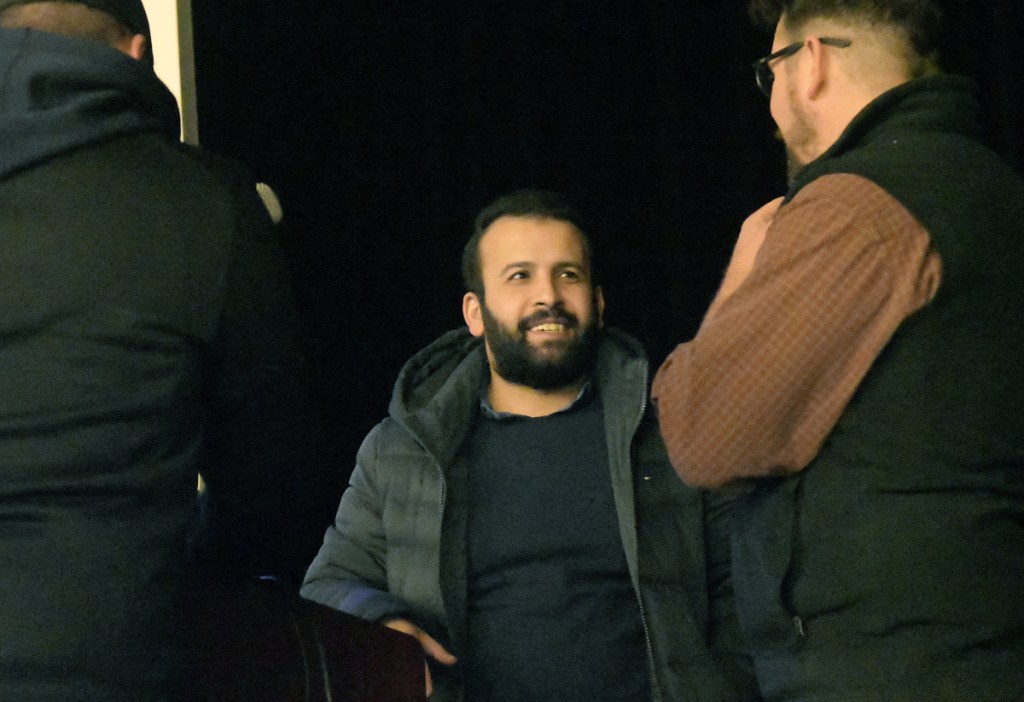
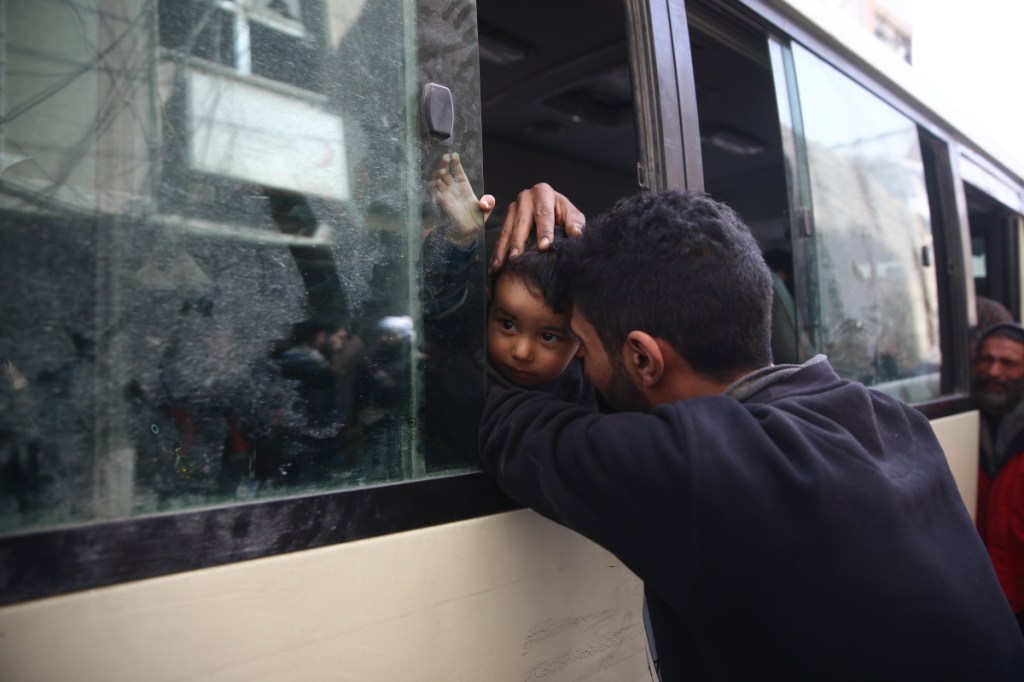
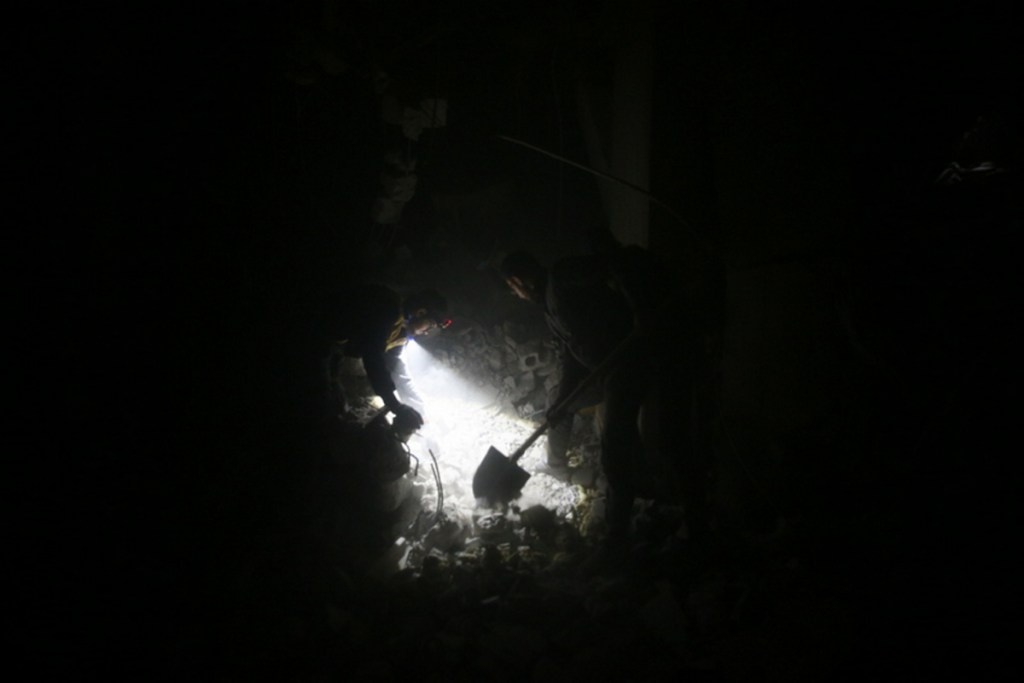
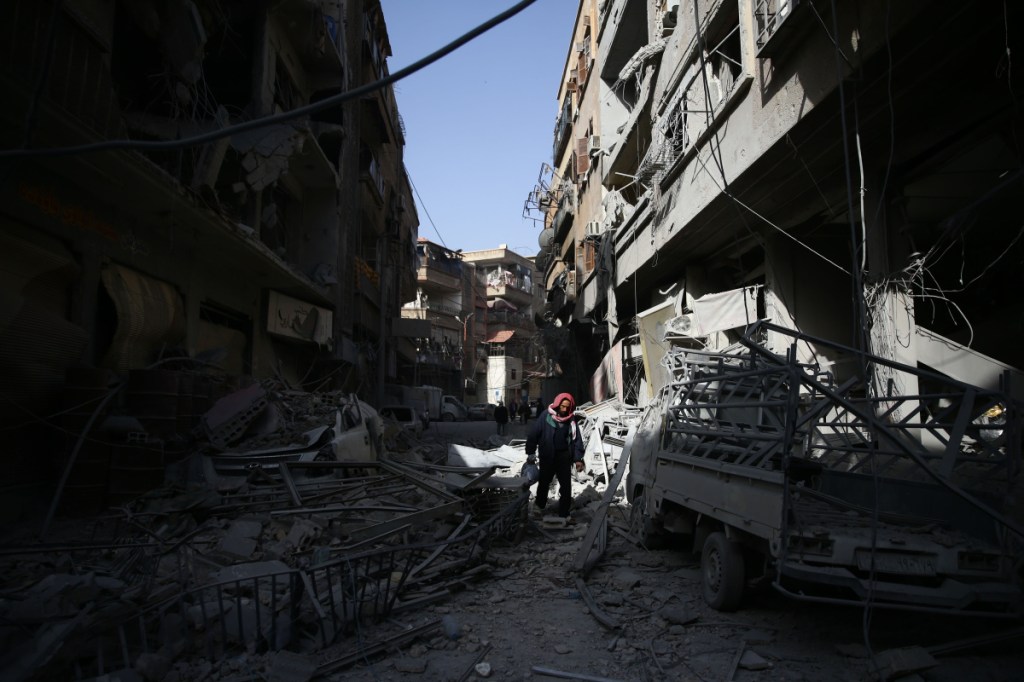
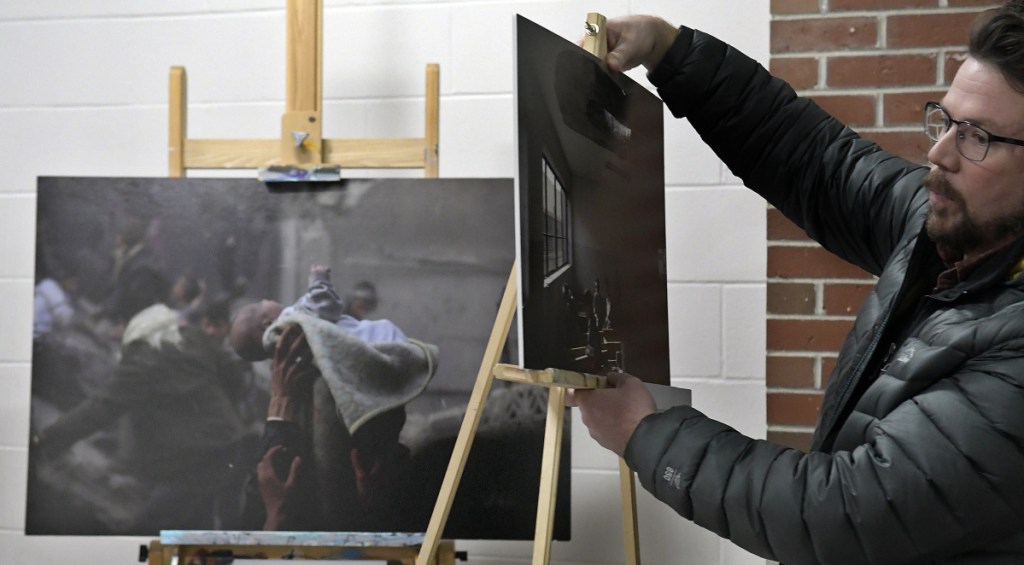

Success. Please wait for the page to reload. If the page does not reload within 5 seconds, please refresh the page.
Enter your email and password to access comments.
Hi, to comment on stories you must . This profile is in addition to your subscription and website login.
Already have a commenting profile? .
Invalid username/password.
Please check your email to confirm and complete your registration.
Only subscribers are eligible to post comments. Please subscribe or login first for digital access. Here’s why.
Use the form below to reset your password. When you've submitted your account email, we will send an email with a reset code.